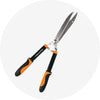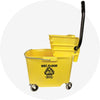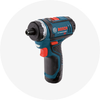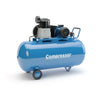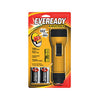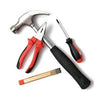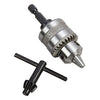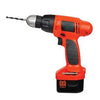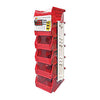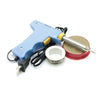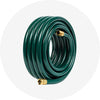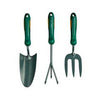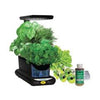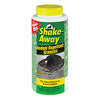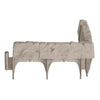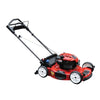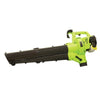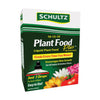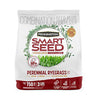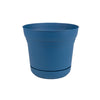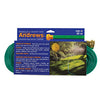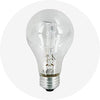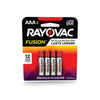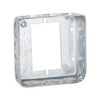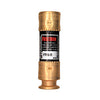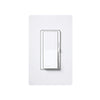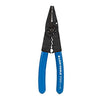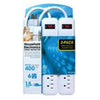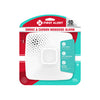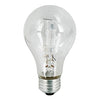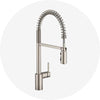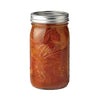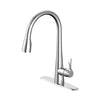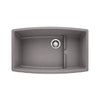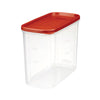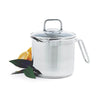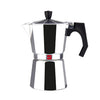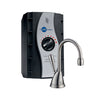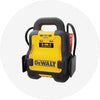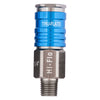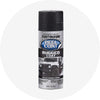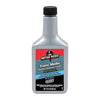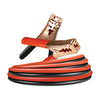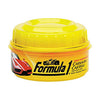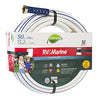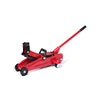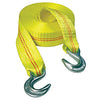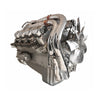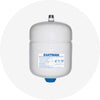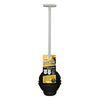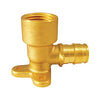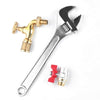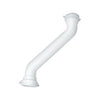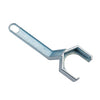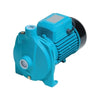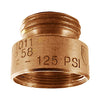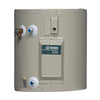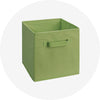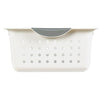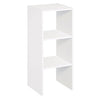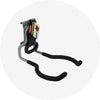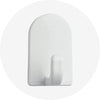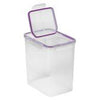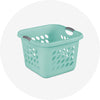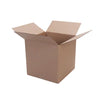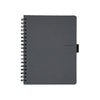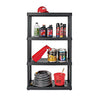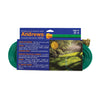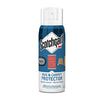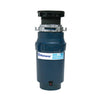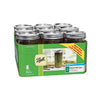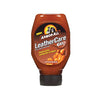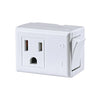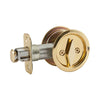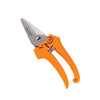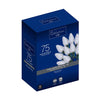How to Spray Paint Your Kitchen Cabinets for a new look!
∙ min read
A fresh coat of paint goes a long way towards reviving the look of a tired kitchen. A new color doesn't have to be reserved for your walls. If your kitchen cabinets are still in good shape, sprucing them up with a new color or finish can take the heart of your home from drab to fab in a matter of days. Painting your kitchen cabinets may feel like an overwhelming DIY endeavor, but with a bit of prep work, the task is nothing to fear. Using spray paint makes the job even simpler and produces results like the pros. Read on to learn how to tackle your kitchen cabinet painting project.

Prep for Painting Success
The level of success you'll find spray painting kitchen cabinets will directly correlate with the prep work you put in before a single drop of paint is used. You will first want to gather your needed painting tools and accessories. Some basics to have on hand include:
- Paintbrushes
- Sandpaper
- Painters' tape
- Rosin paper
- Plastic drop cloths
- Rags
- Wood filler
- A screwdriver
- Primer
- Cans of chosen spray paint or a handheld sprayer and paint of choice
Choosing your paint will be one of the most important decisions you make before your project truly begins. Spraying with a handheld sprayer or spray gun provides the opportunity for achieving pro-level results with a bit of practice. If you have more experience, you can use an HVLP sprayer which is professional paint-spraying equipment for any detailed applications where high accuracy, speed, and a smooth finish are needed.

But even today's selection of spray paint provides excellent results thanks to improved spraying nozzles that allow better reach and coverage. Both Krylon spray paint, and Rust-oleum spray paint offer excellent options worth checking out. Even varieties are perfect for addressing particular needs or producing a coveted look, such as rust-preventative paint and chalk paint.
Once you've gathered your supplies and have decided on the best spray paint for your cabinets, the fun can begin. You will first want to remove the cabinet doors and drawers and move them to an area for painting. The ideal location would be somewhere with ample ventilation and room for you to work. Even though you will be spraying the cabinets and drawers elsewhere, there will still be painting to do in your kitchen with the cabinet frames. Lay down your drop cloth to protect the floor from drips, and use rosin paper and painters' tape to cover and protect countertops, appliances, and any other surfaces you want to keep safe from paint.

Primed and Ready
Before a drop of new color touches your cabinet surfaces, you need to prepare and prime them. Kitchen cabinets are exposed to many dirty elements daily, including oil, grease, and other kitchen mainstays. Thoroughly clean cabinets and wipe them down, as grease and oils can keep the paint from properly adhering to the surface. If the wood has been treated to have a shiny surface, as many have, give them a light sanding with your sandpaper until they are no longer shiny. This is also the right time to use a wood filler to repair damage or cover up any unwanted wood grain texture for a smooth finish. Finally, apply a coat of primer, which will help your chosen paint better adhere to the surface of your cabinets.

Applying Spray Paint
The time has officially arrived to spray paint cabinets when the coat of primer has dried. If you have little experience using spray paint or a handheld paint sprayer, first practice spraying a piece of cardboard. Once you're comfortable, move on to the real deal. Spray your initial coat of color and allow it to dry. If you notice any streaks or drips, don't attempt to fix them while the paint is still wet, as you're liable to just make it worse. Instead, wait until the kitchen cabinet is dry and gently use a paint scraper or sandpaper to remove or sand it down.
You'll want to apply at least two coats of paint for a flawless finish, but you can use more if you would like. No matter how many coats you choose, lightly sand down the cabinets between coats after the paint has completely dried. After sanding, wipe down the cabinets with a damp rag to rid them of any lingering particles before spraying the next coat.
Don't forget there's still work to do back in your kitchen. Rather than using spray paint, you may find it much easier to use a paintbrush to paint the cabinet frames and sides. Although you will also want to apply at least two coats of paint to these surfaces, be careful not to leave brush marks. Allow 24 hours for the cabinets, drawers, and cabinet frames to dry before reattaching the cabinets and drawers.

*Take a look at Lorries project, one of our #MaxFamily members!*
With the proper preparations and tools, spray painting your kitchen cabinets and achieving a new and fresh look really can be as simple as following the steps of prep, prime, and paint. When you're ready to make your kitchen look new again, visit Max Warehouse for all the best accessories, tools, and spray paint for wood.
